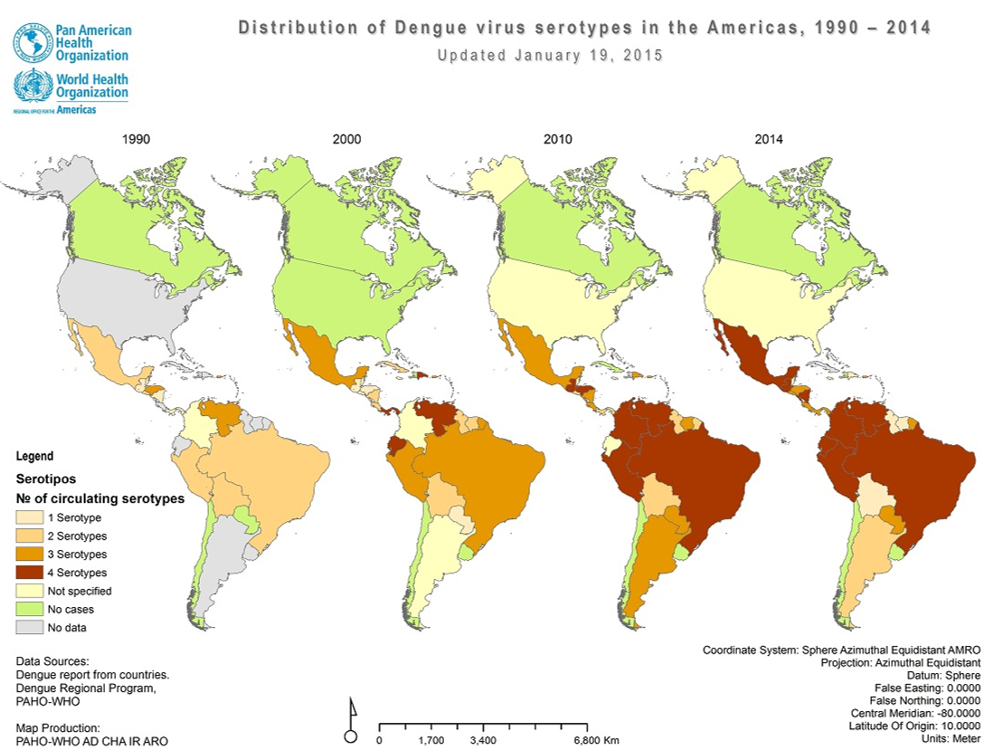Prediction of Dengue Fever Rates
February 2017 - May 2017
As a final project for a class called "The Analytics Edge", I worked with two MBA candidates to forecast the weekly number of dengue cases in San Juan, Puerto Rico and Iquitos, Peru using machine learning methods such as random forest, CART regression, time series analysis, and multiple linear regression. Our models were trained with publicly available data from the CDC, NOAA, and academic institutions, with an optimized MAE of 6.256 cases per week, resulting in estimated healthcare and government savings of $862,000 over the three year test set compared to a flat baseline budget of $2.2M. Our final paper can be read here.
Influence of Bench Press Intensity on Pectoralis Major Muscle Fatigue
September 2016 - December 2016
At MIT, all mechanical engineering students must take a course called "Measurement and Instrumentation", in which students develop research skills and conduct independent research studies throughout the semester. As a wrestler who uses resistance training frequently to develop both muscle strength and endurance, I was interested in studying the effect of bench press intensity on pectoralis major muscle fatigue. Muscle fatigue was studied in response to exercise intensity, measured as a percentage of each subject’s one repetition maximum (% 1RM). Trials were performed for 3 subjects at both high- (75% 1RM) and low-intensity (25% 1RM), with and without allowing for rest between repetitions. Electromyography (EMG) and position data of the bar were used to study the pectoralis major’s electrical response and each subject’s power output while performing sets of bench press to failure. Muscle fatigue of the pectoralis major was greatest for 75% 1RM trials (p < 0.05) for most subjects. Resting period between repetitions and the period for each repetition both increased linearly throughout each set, corresponding to decaying power output. This power output decay was greatest for 25% 1RM sets with rest and slowest for 25% 1RM without rest (p < 0.05) for most subjects. My final paper can be viewed here.
Awards and Honors: Best-in-class project.
STRUCT
February 2015 - May 2015
As a class project for 2.00B Toy Product Design, I worked on a team of five mechanical engineering students to go develop a toy product called STRUCT. STRUCT is a set of blocks... with the added element of surprise. Mixed in with some of the "normal" blocks, are identically appearing blocks with special abilities such as magnetic blocks, non-uniformly weighted blocks, blocks that beep when picked up, and vibrating blocks that could threaten to knock down all your structures. STRUCT blocks greatly expand the design space for kids aged 5 and up, while keeping them just intrigued enough to keep coming back for more.
While working through the product design process, we learned many skills such as brainstorming; estimation; sketching; graphic design; drawing and marker rendering; sketch modeling; concept development; design aesthetics; prototyping; and written, visual, and oral communication. Final presentations were given to a full lecture hall of 450 students, faculty, children, and industry representatives.

